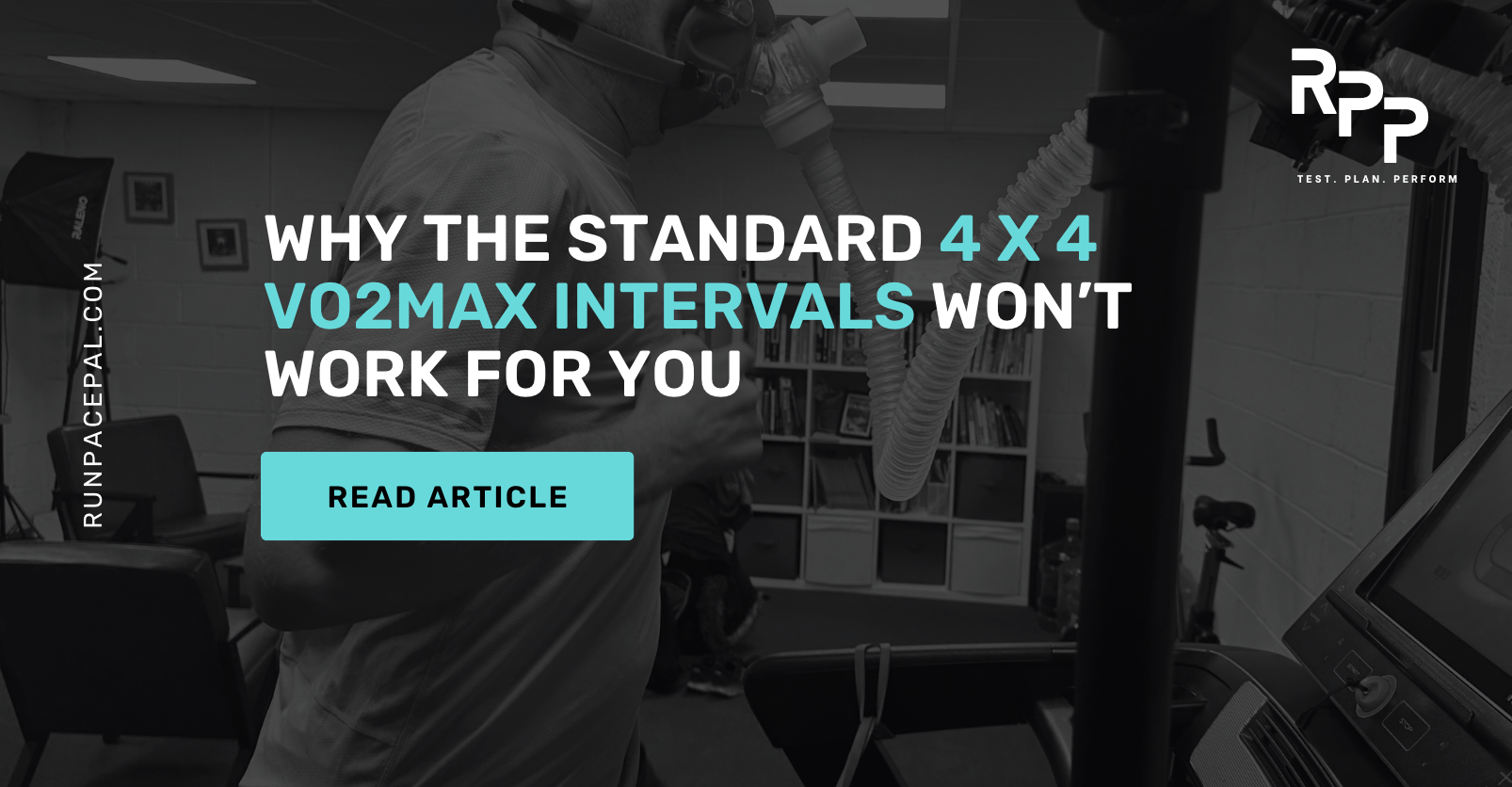Why You Can't Just Rely on Heart Rate or Pace
For decades, runners have trained by two simple metrics: heart rate and pace. Heart rate zones. Target race pace. Easy miles by feel.
It's simple. It's popular. But here's the problem: heart rate and pace lie.
Used alone, they don't tell you what's really happening inside your body.
The Myth: "Heart Rate and Pace Are Enough"
Heart rate (HR) tells you how hard your heart is working.
Pace tells you how fast you're moving.
That should be enough to guide training, right? Not quite. Both are influenced by too many outside factors.
Why Heart Rate Alone Fails
HR Lags Behind Effort
- It takes 30–90 seconds for HR to "catch up" to intensity
- In short intervals, you're training blind
HR Is Affected by More Than Exercise
- Sleep, caffeine, heat, dehydration, stress — all elevate HR
- That 140 bpm on Tuesday might not mean the same as 140 bpm on Friday
Formulas Are Inaccurate
- HRmax equations (e.g. 220 − age) are ±10–20 bpm off for many people (Tanaka et al., 2001)
- That's enough to completely mislabel your zones
Why Pace Alone Fails
Terrain and Conditions Change Everything
- 5:00/km on the flat ≠ 5:00/km uphill into a headwind
Fatigue Shifts Your Thresholds
- A pace that's "easy" one week can push you above LT1 the next if you're tired
Two Athletes, Same Pace, Different Stress
- For one, 4:30/km might be under Critical Speed
- For another, it's way above → draining anaerobic reserve
👉 Same pace. Completely different physiological cost.
The Science-Based Alternative
Instead of relying only on HR or pace, endurance science gives us better anchors:
- Critical Speed (CS): Your true sustainable red line
- D′ (Anaerobic Battery): How much time you can last above CS
- Lactate Thresholds (LT1, LT2): Define where "easy" ends and "hard" begins
- VO₂max and Drift: Show aerobic ceiling and efficiency
👉 Nixon et al. (2021) confirmed CS correlates more closely with sustainable performance than VO₂max or HRmax (PMC8505327).
Real Example
Runner A: CS = 4:05/km. At 4:30/km, HR = 145. → Aerobic.
Runner B: CS = 4:45/km. At 4:30/km, HR = 150. → Above CS, draining D′.
Same pace. Similar HR. Two totally different outcomes.
How to Train Smarter
Use HR and Pace as Tools, Not Masters
- HR + pace are useful for monitoring, but not for defining zones
Anchor Zones to Physiology
- Field tests (CS, D′, drift) show where your zones really are
- Lab tests (VO₂max, lactate) confirm thresholds precisely
Combine Data for Context
- Pace + HR + CS + thresholds = a full picture
How Run Pace Pal Helps
Run Pace Pal takes you beyond HR and pace:
- VO₂max Builder: 6-min test → personalised zones
- Critical Speed Test: CS + D′ from 20-min protocol
- Zone 2 Drift Analysis: Proves if your "easy" pace is truly aerobic
- Workout Builders: Sessions tied to your physiology, not guesswork
Where Box Nutrition Fits
For runners chasing maximum precision, Box Nutrition:
- Tests VO₂max directly
- Profiles lactate to find LT1 and LT2
- Provides consultancy to integrate lab + field data
👉 Book here: boxnutrition.co.uk
Key Takeaways
✅ HR lags and is influenced by lifestyle factors
✅ Pace ignores terrain, fatigue, and physiology
✅ Alone, they mislead your training
✅ CS, D′, and thresholds provide a science-based foundation
✅ Run Pace Pal applies this in the field
✅ Box Nutrition validates it in the lab
Stop training by guesswork. Start training by physiology.
Ready to move beyond heart rate zones and pace targets? Start your assessment and discover your true training zones based on science, not formulas.



